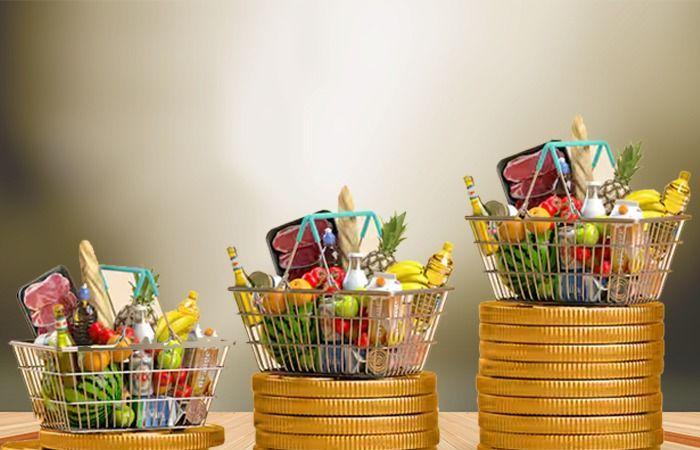Inflation has never had such a significant impact on household purchasing power. While the authorities have tried to curb the rise in prices through various anticipatory measures, it is clear that the situation remains worrying. Despite these efforts, the prices of everyday consumer products continue to rise, putting a strain on the finances of families, especially those of the most vulnerable.
In Casablanca, particularly in working-class neighborhoods, even basic products are experiencing a significant increase. Legumes, which until now were a cheap alternative for low-income households, are no exception to the rule. In winter, dried beans and lentils, particularly popular with low-income families, saw their prices rise significantly. A kilo of dried beans is now sold between 20 and 24 dirhams, depending on quality, while the price of lentils varies between 14 and 19 dirhams. Just a few months ago, such prices were unimaginable. This surge in the prices of pulses, traditionally accessible, only further increases the cost of shopping.
The price increase also concerns vegetables. In Casablanca, potatoes, a staple food for many families, now sell for 8 dirhams per kilo, a price that was considered excessive until recently. Tomatoes are also 8 dirhams or more, while green beans reach almost 15 dirhams per kilo.
These prices are already high for residents of working-class neighborhoods, but in more upscale areas, prices can reach higher levels, sometimes well beyond what the majority of consumers can afford. Merchants, who face ever-increasing demand and galloping inflation, do not hesitate to adjust prices to maximize their profits, to the detriment of consumers.
Read also: What monetary strategies to stabilize inflation in Morocco?
The fishing and meat sector is not immune to this dynamic either. In the past, sardines, consumed by all social categories, were a cheap product. Today, the price of a kilo of sardines has risen to 25 dirhams, a price well beyond the means of many families. As for more refined fish, such as whiting and sole, their prices have reached new heights, selling at 120 and 100 dirhams per kilo respectively. For many consumers, purchasing these once accessible food products is now becoming a luxury.
This inflation leads, in fact, to a deterioration in the quality of food for families, who, to preserve their budget, are forced to reduce their consumption of these essential products. Meats, particularly beef, have also become inaccessible for many. The price of meat has reached worrying levels, oscillating between 91 and 93 dirhams per kilo for beef, and between 120 dirhams and more for sheep meat. Red meats, once frequently consumed by Moroccan families, are thus becoming a luxury product, reserved for those who can afford to sacrifice other items of expenditure.
Evolution of inflation: From 2019 to 2024, a crisis marked by price increases
In 2019, Morocco recorded the lowest inflation rate in its history, with an increase in the consumer price index (CPI) of only 0.2%. This was an exceptionally low rate compared to other years. However, the situation changed dramatically from 2020, with the onset of the global health crisis, which disrupted the global economy. In 2021, inflation reached 1.4%, but it was not until 2022 that the situation became critical. Inflation then rose to 6.6%, a record rate in more than 30 years, largely due to the increase in the prices of food (+11%) and fuel (+42.3%). . This inflationary peak has profoundly affected the daily lives of Moroccans, and has exacerbated social inequalities. Before 2021, inflation was kept below 2%, which allowed the economy to stabilize. But global events, notably the health crisis and geopolitical tensions linked to the war in Ukraine, have had direct repercussions on prices in Morocco.
Inflationary pressures continued in 2023, reaching a rate of 6.1%. This increase was fueled by persistent pressures on the prices of local food products, such as vegetables, meats and olive oil. Rising production costs, particularly those related to irrigation, fertilizer and livestock feed, have also helped to maintain pressure on prices.
Although forecasts for 2024 suggest some stability, inflation is expected to increase further, reaching 2.7% in 2025, according to Bank Al-Maghrib experts. Furthermore, the underlying component of inflation, which reflects the fundamental trend in prices, is expected to remain at a high level of 2.1% on average, meaning that price increases are likely to persist for some time to come. time.






